The Venezuela Culture And Language
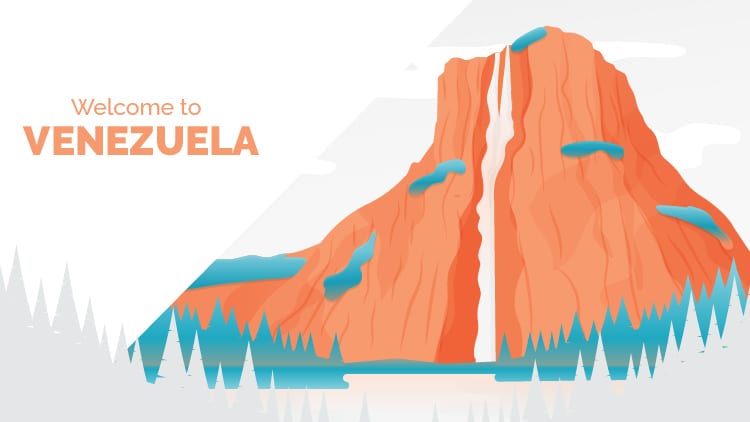
.
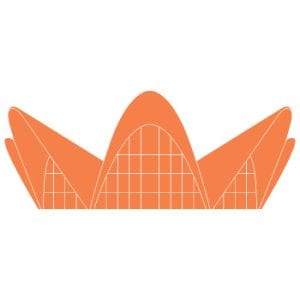
Venezuela Culture
The Venezuelan culture and society were deeply inspired by Spanish colonization. There are a lot of elements that make up a country. Even though every aspect is crucial to its being, there are some things that are iconic and become their identity. Every nation has different languages, traditions, cuisines, rituals, and beliefs. Venezuela, or the Bolivian Republic of Venezuela, is a territory situated in the north of South America. Surrounded by the Caribbean Sea and the Atlantic Ocean in the North, borders Brazil in the South, Colombia in the Southwest, and Guyana in the East, Venezuela is an important country in the region. Caracas, the national capital, is a hub for entertainment, tourism, business, institutions, and education. The country’s best schools are located in Caracas.
Venezuelan Culture and their People
When it comes to the evolution story of Venezuelan society, Spanish colonization had a deep impact on its structure. Roman Catholicism and the Spanish language are the biggest gifts of Spanish influence in the region. Speaking of the people, they are known to be warm, caring, and welcoming. Among all the people, respect for fairness, equality, and transparency is mutual. Their national hero, Simon Bolivar, was the advocate of all these attributes, and it is because of him that they believe in transparency and equality.
Although mostly unified, the population and their traditions differ on the basis of their class and ethnicity.
Urbanization And Geographical Division
Most of the population lives in major cities. Almost 90% of the people are living in urban areas. The Venezuelan landscape has changed immensely after the recent urbanization in the past few decades. The trend of shifting from rural areas to cities has become the cause of the formation of new urban towns outside cities. The people still living in the rural areas followed an agricultural lifestyle and remained back in the villages because of farming.
In Venezuelan society, the geographical division is considered directly proportional to their cultural distinction. For instance, people belonging to the Andean region are known as Andinos. The Andinos are perceived to be more religious and conservative. People from the plains are known as Llenaros. The people from the east side are known as Orientals. Llenaros are called the cowboys of the plains.
Facts About The Venezuela Culture And Language
The history of the Venezuelan culture and Nation is filled with demographic shifts. The most popular among them is the 16th-century Spanish colonization which resulted in the migration of the Spanish population. African slavery was also a byproduct of this scheme. After this, immigrants from Italy, Germany, Portugal, and France arrived in the region. This formed a diverse ethnicity in the region.
All these factors contributed to many changes. For example, Spanish is the official language of the country and is also the lingua franca in the region. The music and food here are a mixture of the blend of African, European, and Latin American flavors. In a way, it can be said that the distinctive culture here is actually a blend of several individual indigenous cultures. Read more about Spanish immigrants to the US in our blog.
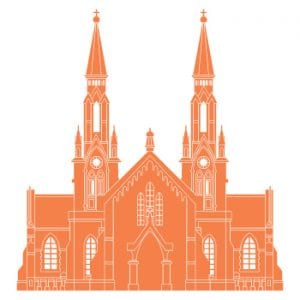
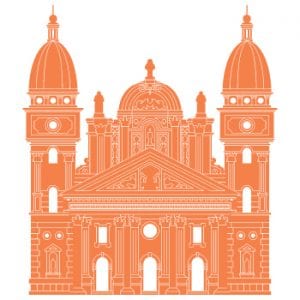
Heritage of Venezuela Culture
As evident from the multi-ethnicity of Venezuela, the population here has a mixed heritage in one way or another. As per the data collected in a survey conducted in the early 20th Century, more than 50% of the total population identifies themselves as Mestizos. The term is used for people of mixed races, such as European and Afro-Caribbean ancestry. Another term used to describe people of mixed races is known as Moreno. This is normally used to refer to a mestizo and is not considered offensive in any way.
Around 40 to 41% of the population identifies as White. They belong mostly to the European heritage. 3 % of the population identifies as Black from African descent and the other 3 percent identifies as the indigenous population.
Ethnic Diversity Has No Impact On National Unity
Despite a considerable number of ethnic communities living in the region for centuries, the people here are homogenized when it comes to their national identity, matters of security, and economic equality. Almost all of the population identifies as Venezuelans whenever they are asked about who they are.
Venezuela Discrimination
However, it doesn’t mean that the people don’t suffer from social and economic discrimination here. But it has more to do with class than heritage and ethnic affiliations. Since the Europeans were affluent and remained in power over the indigenous population at the time of colonization, colored people were socially and economically disadvantaged. Power and money became the factors to claim supremacy in the region but also impact the Venezuela Culture. The situation for the mixed-race remained unfavorable for a long time but eventually, after the 1960’s Chavismo movement, a new class emerged which had no European connection in the past.
Indigenous People Of Venezuela
Before colonization, the country was filled with many indigenous populations. These indigenous communities had their own Indigenous traditions, lifestyles, and practices. There were hunter-gatherers. Other groups, such as Arawak, Saliva, and Chibcha people, were mostly agriculturists, and their families lived in villages. Even today, the Venezuelan population takes pride in their association with the Indigenous people, even though they no longer practice any beliefs, traditions, and customs.
The Venezuelan Government officially acknowledges 44 Indigenous groups. The unofficial count goes to 55 groups. The largest and most popular groups include Wayuu, Pemon, Warao, Yanomamo, and Karina. There are several indigenous languages spoken in the country with different dialects. Some stats suggest even more than 70 languages. However, a dozen of these are still spoken. The rest of the indigenous population speaks Spanish.
Yanomamo Group
A large number of the Indigenous communities live in the southern part of the country, located near or within the Amazon rainforest. The Yanomamo group is also concentrated in the Amazon and is considered one of the most remote communities in the world. The majority of the other indigenous groups are now relocated to urban areas.
Art And Architecture
Venezuelan Culture and also art was highly influenced by religion in the beginning. However, thanks to Martin Toyar Y Toyar, in the late 19th century, a gradual shift was seen. The Venezuelan art was then seen diverted more towards history and heroism. Modernism was introduced in the twentieth century. Famous Venezuelan artists include Arturo Michelena, Antonio Herrera Toro, Armando Reveron, Cristobal Rojas, Manuel Cabre, and Yucef Merhi.
Speaking of Venezuelan architecture it is inspired by the ancient building structures and format. Almost all historical and institutional buildings are associated with historical events.
Famous Water Bodies
Venezuela is not only known for its rich cultural heritage and diversity, but it is also famous for its world’s highest waterfall, the Angel Falls.
With a height of 979 meters (3 212 feet), this breathtaking waterfall is located in the Guiana highlands in the state of Bolivar. Blessed with the beauty of nature, this waterfall is a marvelous tourist site.
Venezuela is blessed with lakes and rivers. Lake Valencia and Lake Maracaibo are among the more famous lakes. Lake Maracaibo is one of the largest lakes on the continent. It is a freshwater lake fed by around ten rivers. It is 120 km wide and 160 km long.
Venezuelan Festivals
Without talking about the Venezuelan cultural festivals, we can’t comprehend the cultural aspect of the country in detail. Parades and party nights, dancing and festivities, authentic meals, and delicacies like empanadas are the true norms here. You can spend hours and hours and you might not even realize how much time you have spent at the coast with your friends and families.
Venezuelan festivals aren’t limited to religious traditions. Since the heritage is an amalgamation of European, Spanish and Caribbean traditions, celebrations here are different.
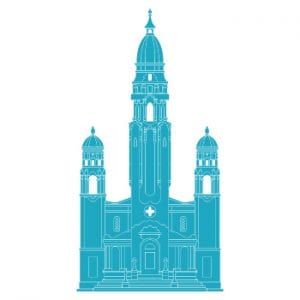
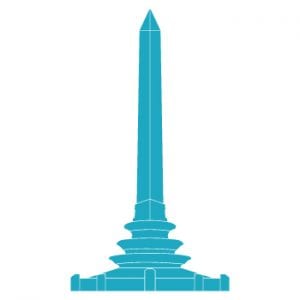
Carupano Carnaval
This fun and music-induced festival attracts more than 400,00 visitors every year.
Celebrated 40 days before Easter, this carnival is a fun mania with drum beats, salsa dance, and rum. If you are planning to experience the true spirit of Venezuela, you must visit at the time of this celebration.
El Dia De San Jose
St Joseph’s Day is an emblematic celebration of the Spanish influence in South American culture.
It is rather ironic how parties, dancing, and bullfighting incidents depict an association with their colonial past, yet the Venezuelans still celebrate it.
Semana Senta Or Holy Week
This celebration of holy week transforms the capital city into a site for visitors and tourists. Snake procession starting from the Basilica de Santa Teresa to Plaza Caracas. The festival and celebrations end with the ritual burning of Judas.
Other festivals take place in the name of saints, Christmas, and to pay tribute to heroes and kings. All are part of the Venezuelan culture.
Current Situation Venezuela
Despite the amazing and rich cultural heritage, Venezuelan citizens have witnessed death, a rise in violence, injustice, lack of resources, no access to resources, economic crisis, social crisis, conflicts, and riots. But with their festivities, performances, and positive approach, they are hopeful that their future will be bright. They hope that their concerns and issues will be addressed by the administration. The economy will be stabilized. Women will move without fear in Caracas. Wealth and opportunities will prevail, corruption will end, and the crime rate will lower.
This is the hope of the masses of Venezuela people that power will be used for their and their families’ betterment. More companies with better positions will soon offer jobs to the youth.




